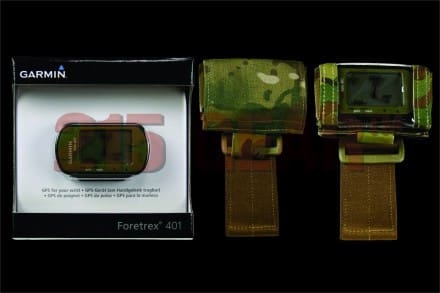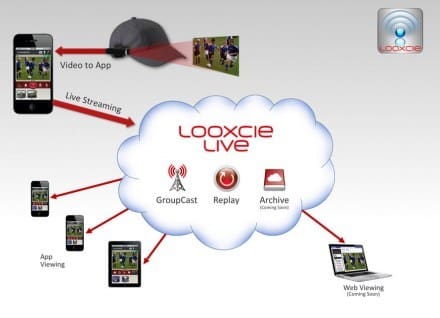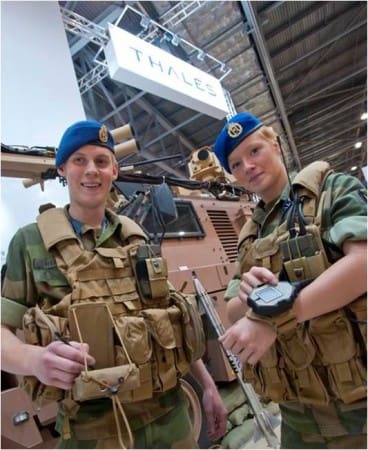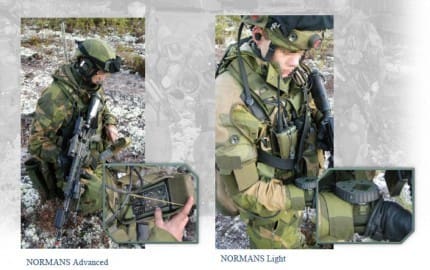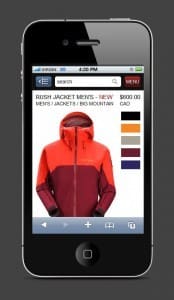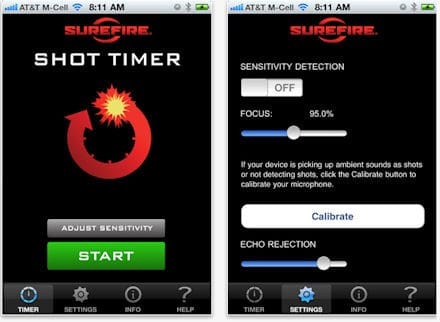K. Dominic Cincotti is calling 2012 the year of camouflage and he might just be right. Camo is going to be all over the place in 2012, (just don’t hold your breath waiting for the US Army to make a decision anytime soon). However, plenty of new camouflage patterns and signature management technologies are going to become available for those in need. One of the companies at the forefront of this new emphasis is Cincotti’s company, Special Operations Apps.
In a press release, Cincotti said, “Camo, a multibillion-dollar business, will make huge gains in 2012, because it will mark a turning point in how camo is designed and made. Camouflage design has changed very little for centuries — until now, but new technologies, focused on how we design and manufacture camo, will produce a new shift in this market estimated to be in the billions.” We couldn’t agree more.
SOA has already begun to bring customized camouflage to the individual operator level with CamoScienceâ„¢ HD which combines a smartphone camera with an onboard app to produce a specialized camouflage pattern specifically for the area photographed (as seen above). The results are tuned for the environment it is produced in and can be exported for rapid, digital printing. But that’s just the tip of the iceberg. SOA and their sister company MW R&D have just been issued a patent for their new Modern Warfare Camoâ„¢ technology. In fact, it’s just been featured on popsci.com.
According to SOA, “Modern Warfare Camoâ„¢ is both active and adaptive simultaneous multispectral camouflage.” US Army SF Veteran David Mullins, SOA’s team leader of subject matter experts said, “This is a truly significant patent that has been issued to MW R&D because it is a future-proofed solution we have now.” It’s a stealth camo technology that combines high-definition video imagery, a flexible thin-film display, multiple layers of sensor-blocking nanomaterials, and miniaturized thermoelectric array devices. Together, these countermeasures mimic the operating environment, producing multispectral simultaneous adaptive concealment.




